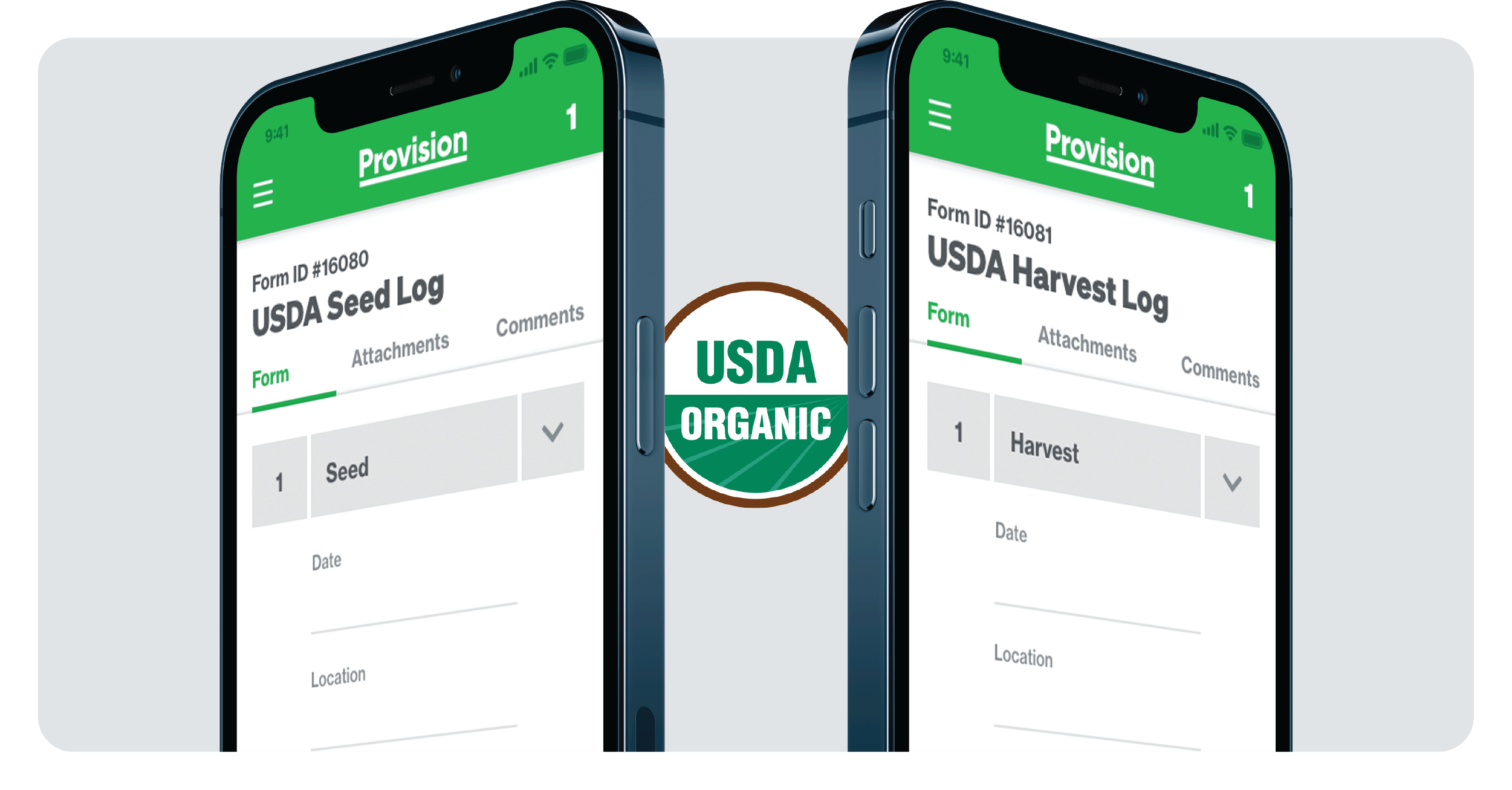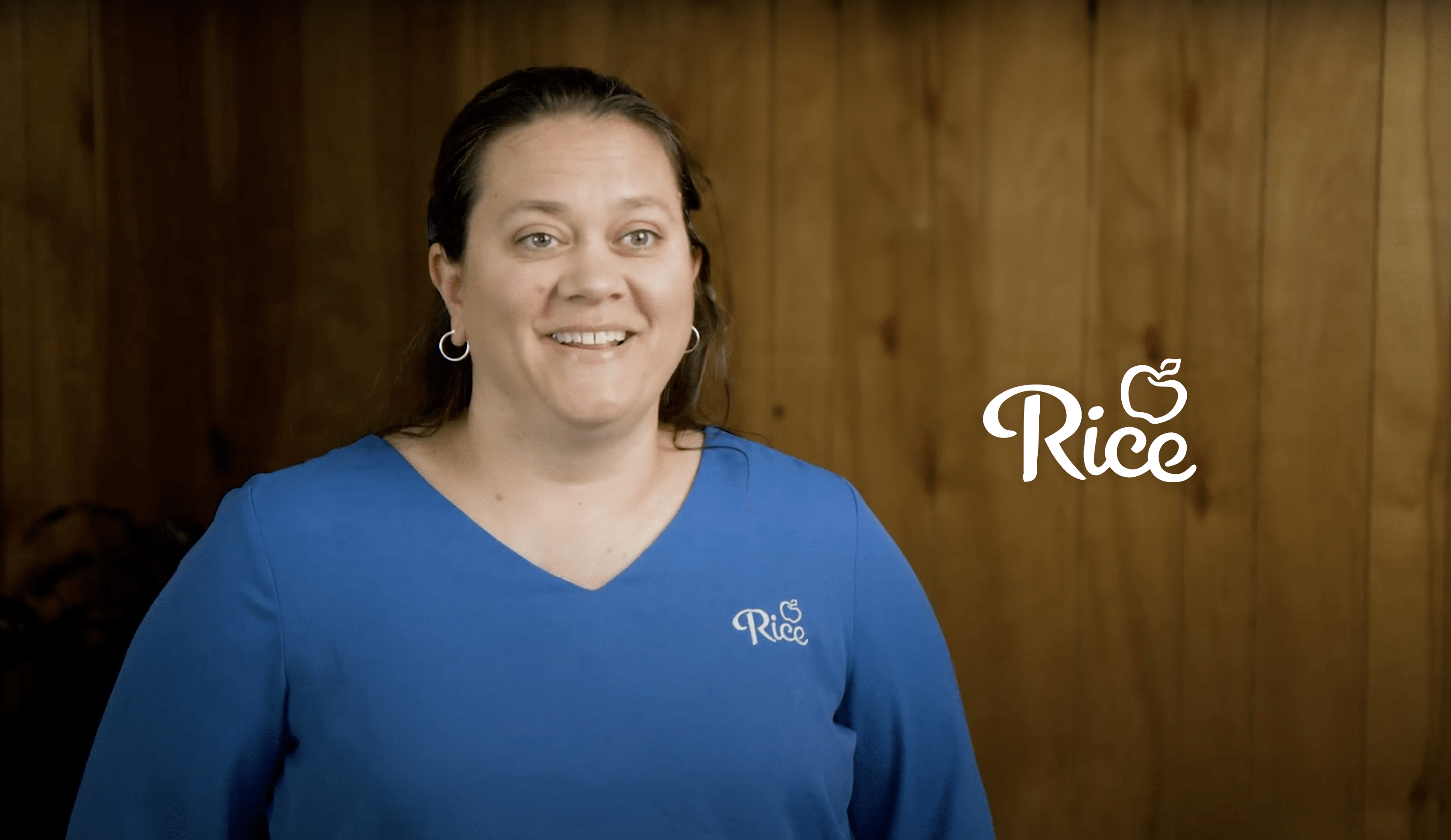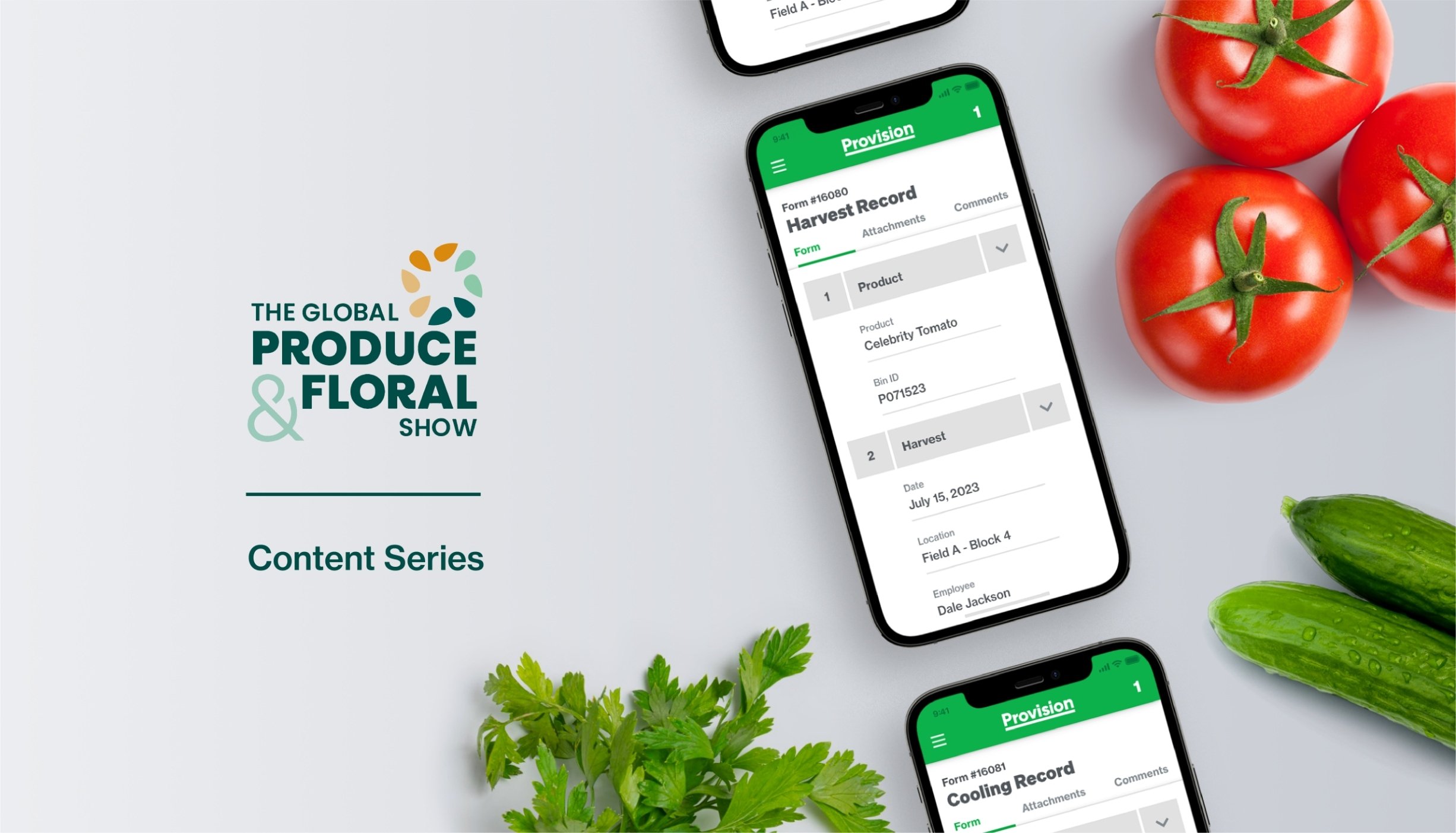The Produce Traceability Initiative (PTI) has released new guidance on the implementation of GLNs - Global Location Numbers - in an effort to assist growers, packers, shippers, and retailers in meeting traceability requirements.
As traceability and data-tracking burdens increase on businesses across the food industry, identifying who is responsible for specific steps in the supply chain is of greater interest than ever. Part of the KDEs required as a part of FSMA 204 across a number of CTEs is the location description of each event - which can be addressed as a part of a GLN.
While not the same as a lot number, a 13-digit GLN uniquely identifies parties or locations in reference to other data required by traceability regulations. Unlike some other methods of denoting a party or location within or outside of a company, GLNs:
-
Are simple, easily-defined, and high-integrity
-
Are globally unique when used according to GS1 GLN Allocation Rules
-
Are multi-sectional, allowing any party or location to be identified regardless of activity or location globally - they can be used across any industry sector
-
Are recognized worldwide, including by the United States FDA as well as the international GS1 Member Organization network in 110 countries
From ordering and delivering products to corresponding with trade partners, GLNs can be used by organization whenever clear, concise, and credible identification of items across the supply chain is need.
The process for creating new GLNs is essentially straightforward:
-
License a GS1 Company Prefix (or a single GLN) via the GS1 website
-
Generate GLNs, specifying predetermined datasets which define party or location
-
Save the GLN and associated party/location data in a database, such as the GS1 US Data Hub
Use of GS1 US's online tool, the GS1 US Data Hub, can assist in the development of GLNs, specifying associated data, and sharing details. From the perspective of a recipient of a product with an associated GLN, looking up the details contained within the number is as simple as a search in GS1's Database.
While GLNs offer utility to operations of any commodity or process in manufacturing, retail, and distribution, its usefulness for fresh produce applications can be immense in the context of FSMA 204 compliance. GLNs may be assigned to separate areas of operation, from distribution centers and cooling facilities to individual fields on a ranch. They can be used by growers to track the application of fertilizer, by packers to track the transformation of product, by brokers or wholesalers to track physical assets, and more.
Specific to FSMA 204 compliance, GLN information can be shared directly with FDA in the event of a recall or outbreak - FDA can access a Master Data System or the GS1 US Data Hub to retrieve the information associated with the GLN provided.

GLNs in Combination with Digital Documentation
With all the advantages of utilizing GLNs in mind, it's likewise important to be aware of the tools that can be used in tandem to streamline the us of GLNs in records. Provision offers an integration with the GS1 Data Hub, allowing clients to easily use GS1 identifiers such as GLNs and GTINs in CTE records, in addition to scanning GS1-128 barcodes and sharing data via EPCIS. These integrations create a universal language to capture and share traceability data, unifying a network of tools within a company and across its supply chain.






